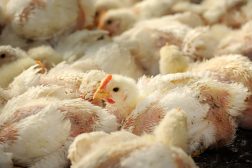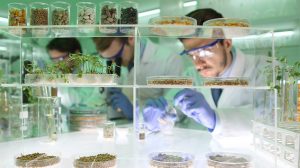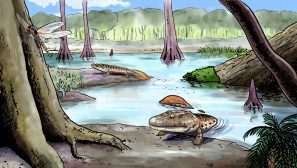Definition
noun
A form of parthenogenesis wherein male offspring develops from an unfertilized egg
Supplement
Parthenogenesis is regarded as a form of asexual reproduction. The offspring develops from an unfertilized egg. Parthenogenesis may be classified based on the sex of the offspring: (1) arrhenotokous parthenogenesis (or arrhenotoky), (2) thelytokous parthenogenesis (or thelytoky), and (3) deuterotokous parthenogenesis (deuterotoky).
The arrhenotoky is a form of parthenogenesis in which the unfertilized eggs develop into males. In contrast, thelytoky is a form of parthenogenesis in which unfertilized eggs develop into females. Deuterotokous parthenogenesis (deuterotoky) is one in which the unfertilized eggs may develop into males and females. Arrhenotoky is seen in species of the order Hymenoptera, such as bees, ants, and wasps. It is also seen in some spider mites, thrips, bark beetles, and rotifers.
Arrhenotoky may be restricted to include only the haploid males that develop from unfertilized eggs. However, others consider diploid males with one inactivated set of chromosomes as a form of arrhenotoky. The diploid males convert their chromosomes into heterochromatin and inactivate them.1
Word origin: Greek arrhēnotokía, arrhēnotók(os), arrhēno– (“male)” + tók(os) (“offspring”)
Also called:
- arrhenotokous parthenogenesis
Compare:
See also:
Related form(s):
Reference(s):
1 Nur, U. (1972). “Diploid arrhenotoky and automictic thelytoky in soft scale insects (Lecaniidae: Coccoidea: Homoptera)”. Chromosoma. 39 (4): 381–401.







